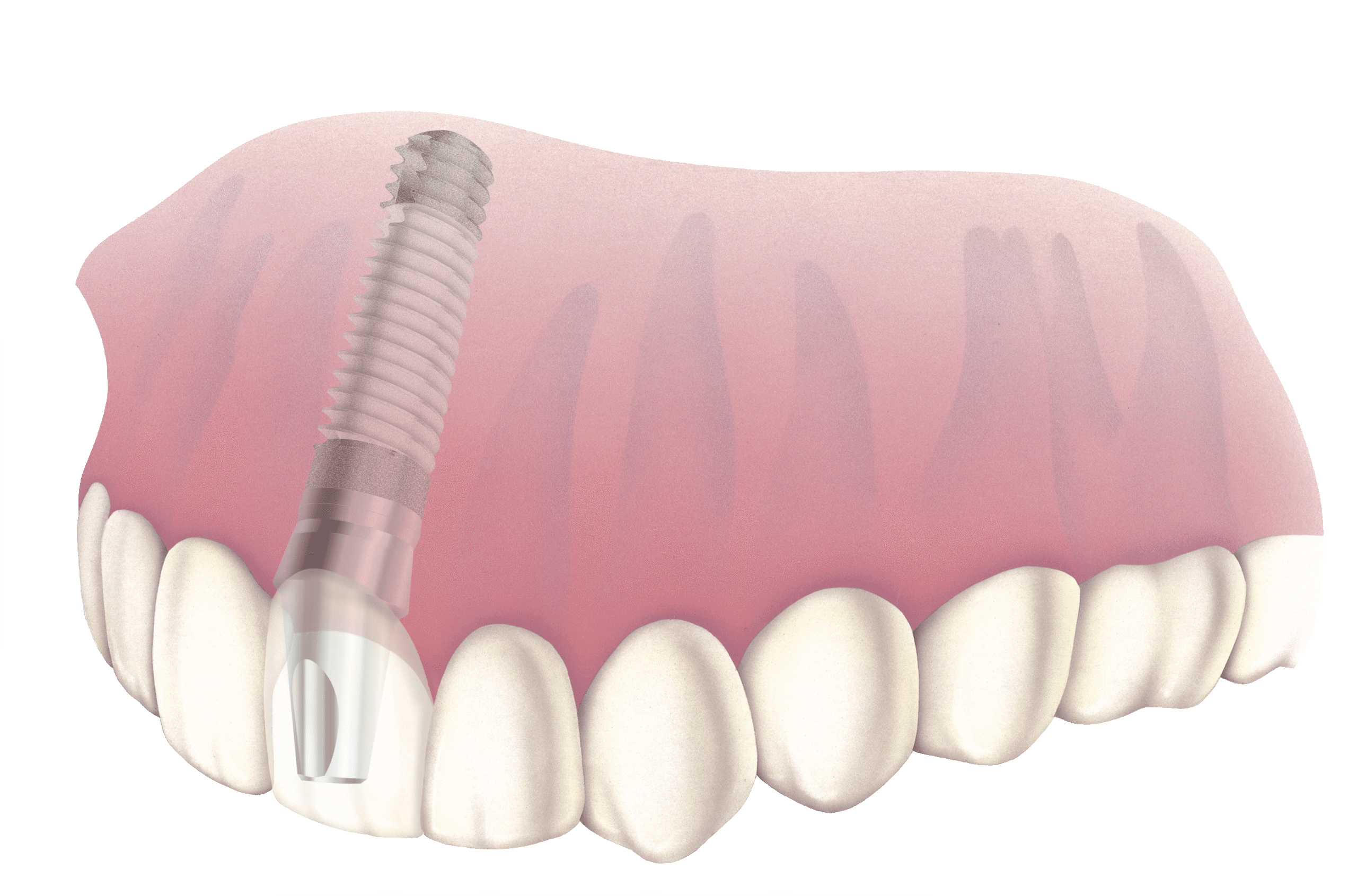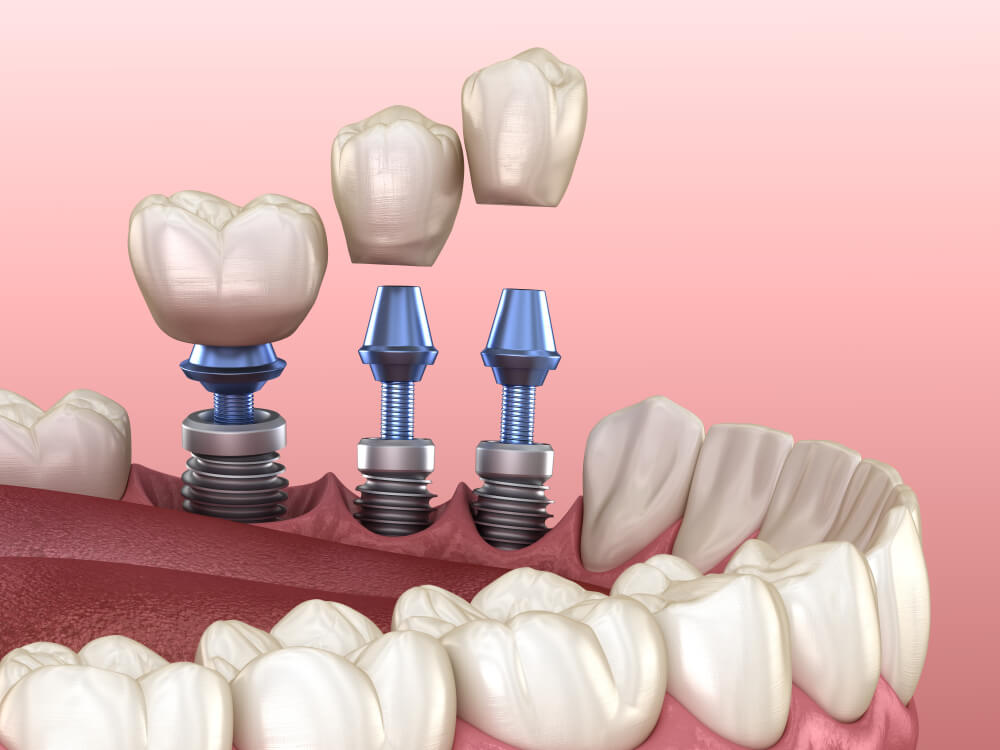Experience the most up to date Developments in Dental Implants Innovation
As the field of dentistry remains to evolve, the advancements in dental implant technology have been absolutely nothing brief of amazing. From making use of innovative materials that enhance resilience to the execution of digital imaging for exact positioning, these developments are transforming the landscape of dental treatment. With minimally invasive medical techniques and the customization capabilities of 3D printing, people now have actually access to customized remedies that were as soon as inconceivable. Additionally, the combination of technology is reinventing the functionality of dental implants, guaranteeing improved end results and person fulfillment.
Advanced Materials for Improved Resilience
In the realm of oral implants innovation, the integration of advanced products has actually significantly added to boosting toughness and longevity of these crucial oral prosthetics. The utilization of products such as titanium alloys, zirconia, and ceramic substances has transformed the field by using boosted resistance, strength, and biocompatibility to corrosion.
Titanium alloys are commonly utilized in dental implants as a result of their outstanding strength-to-weight ratio, rust resistance, and compatibility with the body. These alloys make sure the security and durability of the dental implant by withstanding the forces exerted during chewing and talking, providing a reputable solution for clients seeking sturdy tooth substitutes.
Zirconia, a kind of ceramic material, has gained popularity for its biocompatibility and natural tooth-like appearance. Its high strength and resistance to wear make it an appropriate choice for dental crowns and bridges, improving the general aesthetics and capability of the implant.

Digital Imaging for Precise Placement
The advancement of dental implants technology has even more progressed with the combination of electronic imaging strategies, making certain specific positioning of these prosthetics for optimum useful and visual results. Digital imaging plays a vital duty in the planning and positioning of dental implants by supplying in-depth 3D pictures of the person's jawbone framework. This innovation permits dental professionals to evaluate bone density, find important frameworks, and plan the exact setting and angle for implant positioning with unequaled accuracy.
By making use of digital imaging, dentists can create digital medical guides that offer as a roadmap throughout the implant positioning procedure. These guides are personalized for every person, taking into consideration their distinct makeup and the wanted outcome. This degree of precision not just improves the success rate of dental implant treatments yet also lowers the danger of difficulties.
Moreover, digital imaging enables dental professionals to envision the final prosthetic reconstruction before the actual positioning of implants, permitting for precise preparation and ensuring that the outcome satisfies the person's aesthetic expectations. Overall, the integration of digital imaging technology has actually transformed the field of dental implants, offering people an extra predictable, reliable, and patient-specific treatment strategy.

Minimally Invasive Surgical Techniques


Innovations in medical methods have caused the development of minimally invasive techniques in the area of dental implantology. These strategies aim to reduce injury to the person, reduce healing times, read this post here and boost general therapy results. Minimally intrusive procedures include smaller sized incisions, specialized tools, and progressed imaging technologies to precisely put dental implants with very little disturbance to bordering tissues.
One trick facet of minimally invasive methods is making use of assisted surgical treatment, where 3D imaging and computer-aided style software are employed to prepare the implant positioning with terrific precision. This permits a more foreseeable end result and can often get rid of the demand for extensive flap surgery.
In addition, innovations in materials and implant layout have actually also contributed to the success of minimally invasive methods. Implants with boosted surface buildings promote faster osseointegration, minimizing the recovery time called for before the prosthetic reconstruction can be positioned.
3D Printing for Customized Solutions
Utilizing 3D printing technology in oral implantology enables the creation of highly customized services customized to individual client needs and physiological variations. This cutting-edge innovation allows oral professionals to make and fabricate oral implants with extraordinary accuracy and accuracy. internet By utilizing digital imaging strategies, such as cone beam of light calculated tomography (CBCT), comprehensive 3D models of the individual's mouth can be created to guide the dental implant preparing process.
Among the essential advantages of 3D printing in dental implantology is the capacity to develop patient-specific implants that perfectly fit the unique anatomy of each individual. This individualized method helps improve the overall success and longevity of the implant by making certain optimal fit and placement. Additionally, 3D printing permits the production of complicated geometries and complex structures that would be tough or difficult to attain utilizing typical production techniques.
Moreover, 3D printing innovation makes it possible for dental practitioners to streamline the implantation procedure, decreasing surgical treatment time and boosting overall patient experience. With its capability to develop tailored remedies quickly and effectively, 3D printing is revolutionizing the area of oral implantology, offering individuals innovative therapy options and improved end results.
Integrated Technology for Improved Functionality
Implementing innovative technology in oral implantology boosts capability and precision, boosting the standard of care for clients undertaking implant procedures. Integrated innovation plays a vital duty in improving the overall success and resilience of oral implants.
In addition, the assimilation of computer-aided layout and computer-aided production (CAD/CAM) technology allows the creation of custom dental implant repairs with phenomenal precision. CAD/CAM systems why not look here utilize digital impressions to create prosthetics that perfectly fit the person's one-of-a-kind makeup, making certain optimum comfort and capability. Furthermore, using robotic-assisted surgery in dental implant placement enhances precision and decreases the risk of human error.
Verdict
To conclude, the most up to date developments in dental implants innovation offer improved longevity via innovative products, exact positioning with electronic imaging, minimally intrusive medical methods, tailored services with 3D printing, and enhanced capability with incorporated technology - Dental implants Kent. These improvements in dental implants modern technology are changing the field and offering clients with even more efficient and efficient treatment choices for recovering their smiles and oral health
The integration of modern technology is revolutionizing the capability of dental implants, guaranteeing improved outcomes and client satisfaction.
The development of dental implants innovation has better advanced with the assimilation of electronic imaging strategies, guaranteeing precise placement of these prosthetics for optimal functional and visual outcomes. Minimally invasive medical procedures include smaller sized lacerations, specialized tools, and progressed imaging technologies to precisely put oral implants with marginal interruption to bordering cells.
Implementing innovative innovation in oral implantology boosts capability and precision, raising the standard of care for people undergoing implant procedures. Dental implants Kent. Integrated modern technology plays a vital function in enhancing the general success and durability of dental implants
Comments on “Your Path to a More Vibrant Smile: Dental Implants Kent Solutions”